When it comes to pest infestations at home, one of the most common pests is cockroaches. Besides standard and chemical repellents that eliminate cockroaches, certain types of plants can keep the cockroaches at bay.
What’s great about using plants to repel cockroaches is their dual benefits. Not only do they eliminate cockroaches, but they add a decorative element to the house as well. However, this is an effective remedy that most people aren’t even aware of.
Table of Contents
Which are the Best Plants that Repel Cockroaches?
1. Basil and Mint
Aromatic plants are hands down one of the most effective plants that will keep the cockroaches out of your home. They make a great addition to the dishes and are also great for keeping these pesky pests out of the house.
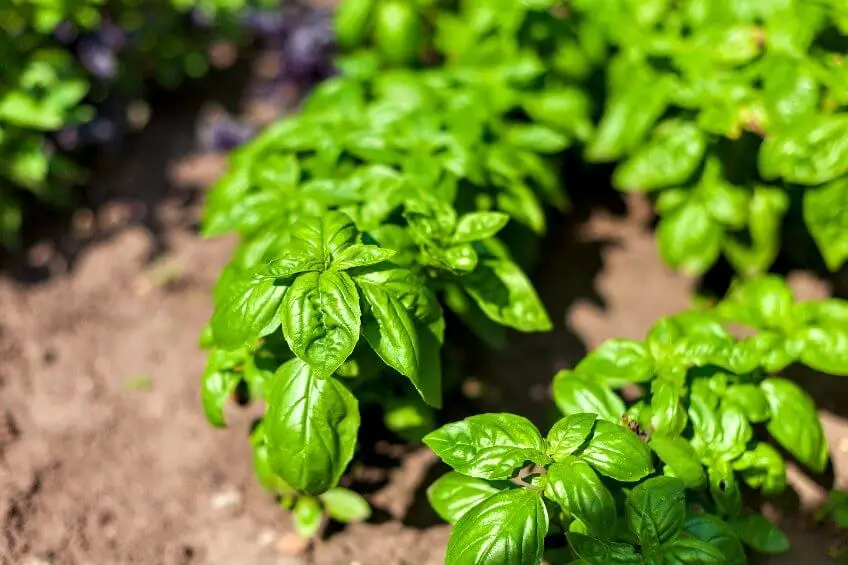
The strong odor from these plants isn’t something that cockroaches prefer. So, if you are tired of cockroaches infiltrating your kitchen and home, growing basil and mint in your kitchen is a great way to keep the cockroach population to a minimum.
They are easy to grow, and keeping them in a dry and sunny spot in your kitchen should effectively deter the cockroaches.
2. Rosemary
If basil and mint aren’t your cup of tea, the next best option is rosemary. Since rosemary has a powerful scent, it isn’t surprising that they have effective cockroach-repellent properties.

Cockroaches have a very strong aversion to the odors of essential oils, so growing the plant is a great way to keep them out of the house.
Also read: Can You Use Essential Oils in a Humidifier?
Besides the strong smell, rosemary is also highly toxic to cockroaches, killing them when they come in contact with the plant.
Like basil and mint, even rosemary doesn’t require too much tending. All you need to ensure is that the plant is getting enough sunlight and water and tending to occasionally.
3. Catnip
Often known as the plant that gets “cats high”, Catnip is a versatile plant with various benefits that you can tap into. Since Catnip has a reasonably strong smell, it isn’t surprising that it keeps the roaches away from the house.

You need to find specific places around the house that are infiltrated with roaches and keep the potted catnip plant there. Not only will it act as a roach deterrent, but it will also keep ants and weevils out of your home.
Placement is the only thing you have to prioritize when keeping catnip plants in your home. It requires direct sunlight, so you have to place it accordingly. Also, they can thrive indoors and outdoors, which is a bonus.
4. Chrysanthemums
Chrysanthemums have a unique element called pyrethroids, naturally occurring insect repellents. While these elements are chemically added to the insecticides, they are abundant in chrysanthemum plants.
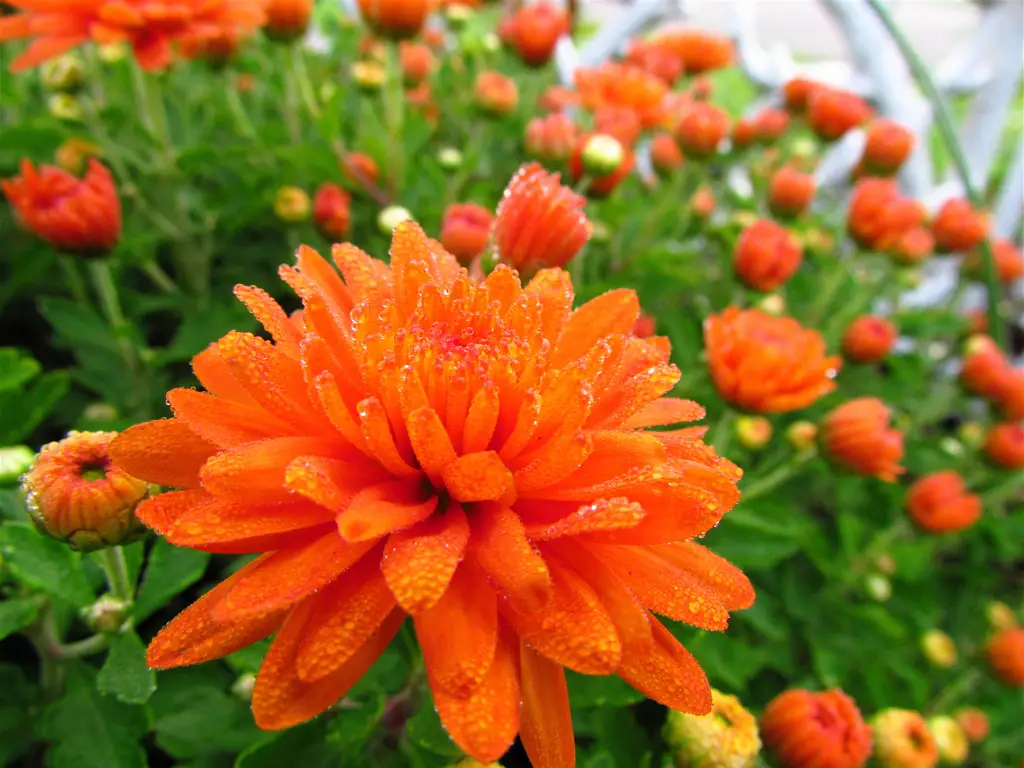
Since cockroaches respond quite well to these chemicals, chances are that keeping Chrysanthemum plants in your house is a great way to keep the roaches out of the house. What’s great is that not only do they keep the insects out of the house, but these flowers and plants are non-toxic to humans.
Ideally, you want to use the flowers of the Chrysanthemum plants. Once the flowers dry up, crush and sprinkle them in the areas where the roaches are frequent the most. That should eliminate the cockroach infestation in no time.
5. Bay Leaf Plant
Bay leaf is generally used as a spice to flavor the curries and food you are eating. The strong scent of the bay leaf plant is excellent in keeping the roaches out of your home and effectively keeping the food non-infected.
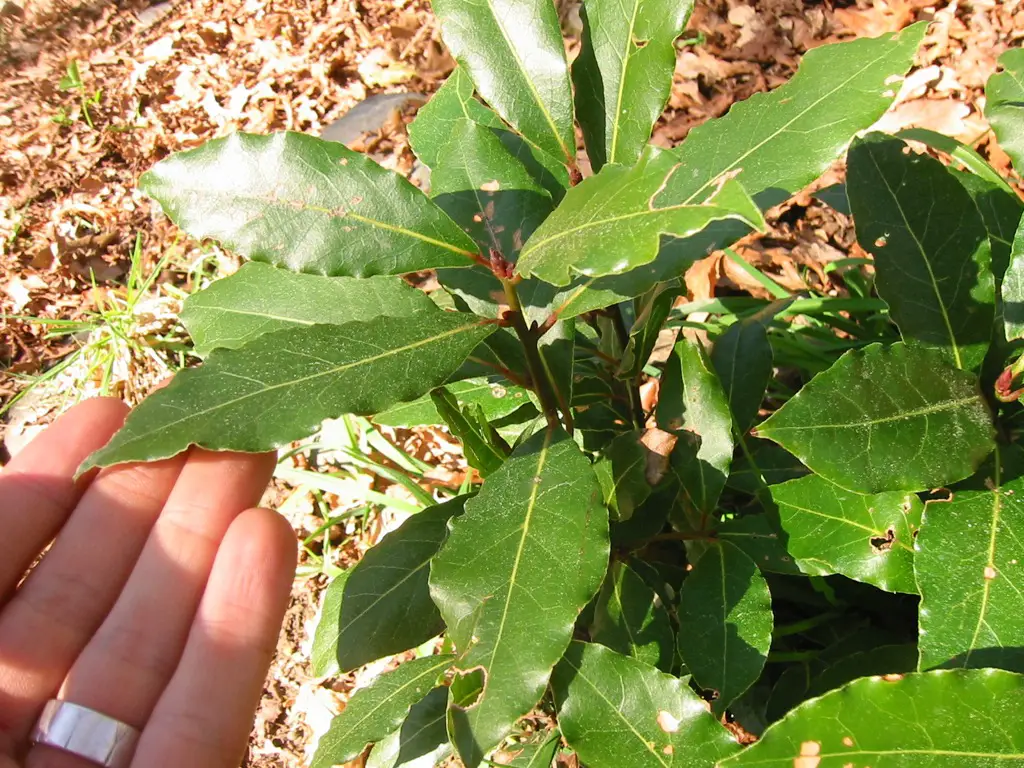
We’d recommend you buy a dwarf bay leaf plant and keep it around the house where the cockroaches frequent the most.
You can plant it indoors or outdoors in the garden bed. You can keep a few dried bay leaves around for the spices and the grains and to keep your pantry clean. That should act as a repellent as well.
6. Cucumbers
This one might surprise many, but when talking about plants that repel cockroaches, cucumbers deserve a spot on the list. The cucumbers’ mild and almost non-existent smell is a strong repellent for the cockroaches, who can’t stand its smell.
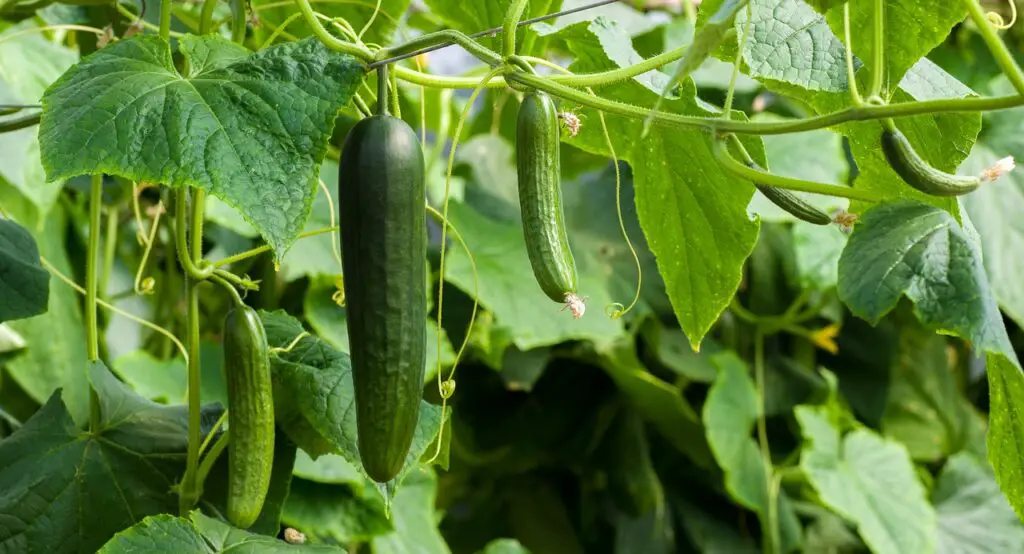
There aren’t many evidences that showcase why cockroaches aren’t fond of the smell, but ongoing research has confirmed that having cucumber plants around the house is a great way to minimize the roach population around your home.
One quick way to maximize its effects is by peeling a few slices of cucumber and placing them strategically around the areas in the house where the cockroaches frequent the most.
7. Citronella Plant
Although the citronella plant is known for its benefits in deterring mosquitoes, it works equally well in keeping cockroaches at bay. The plant has a powerful and pungent citrus smell, which the roaches detest.
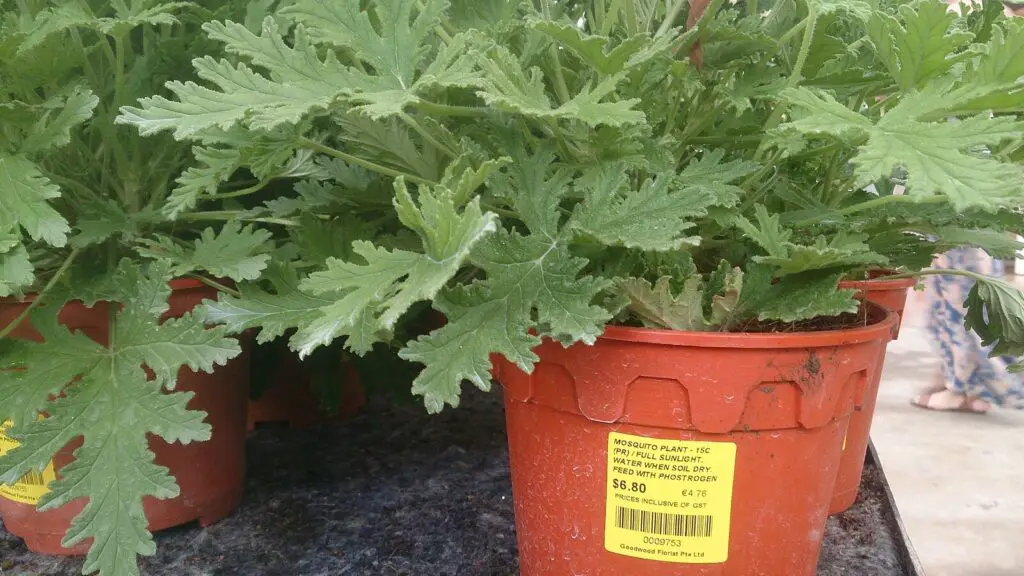
Not just citronella, even lemongrass has a similar line of work, which helps keep the bugs and pests at bay.
You can buy a citronella plant and grow it around the kitchen or near the main room in the house, where the cockroaches tend to frequent the most.
8. Osage Orange
Another effective way to eliminate the infiltration of cockroaches in your home is by using osage orange. They are available in small shrubs, making it easier to grow them inside the house.

We’d recommend that you grow them outdoors for maximum impact since they grow somewhere between 8 and 15 meters. More than the plant, the fruit keeps the roaches away.
The strong chemicals in the fruit effectively repel the cockroaches and even keep the insects and pests out of your home.
9. Garlic
Aromatics are hands down the worst enemy of the pests like cockroaches. The distinct smell of garlic often keeps the roaches out of the home, ensuring that your home is roach-free without any hassle at all.
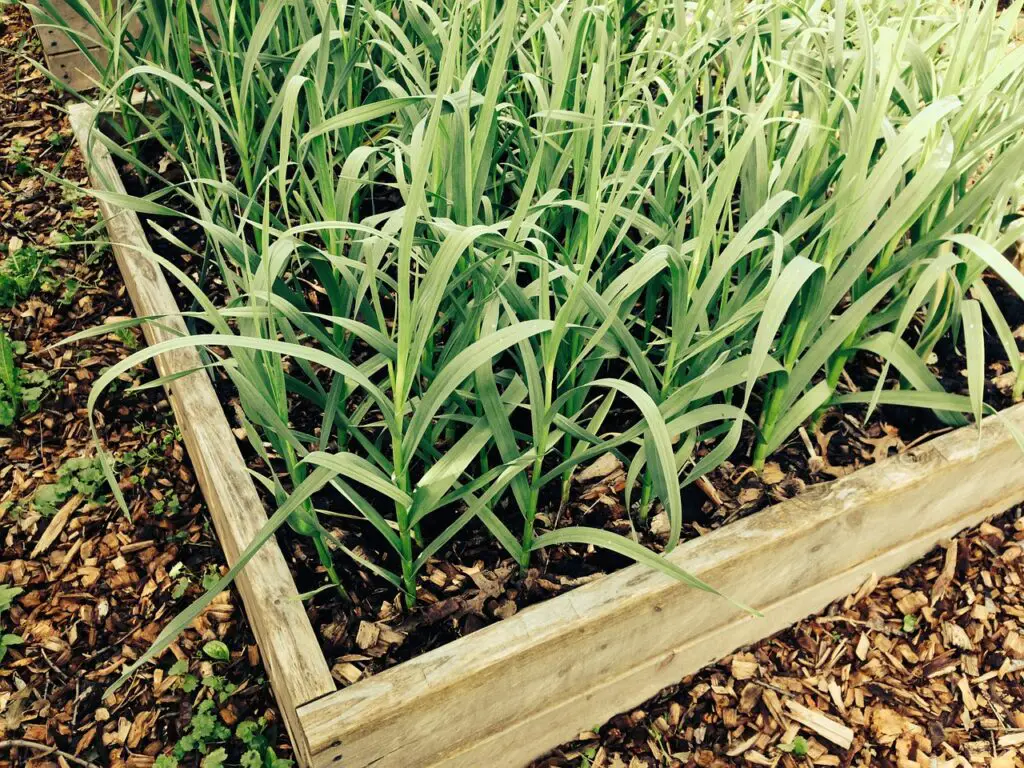
Since garlic has potent sharpness and sulfur-like compounds, growing a garlic plant in your home is a great way to keep cockroaches and other pests out of your home, especially your pantry where the food is.
10. Pitcher Plant
Before we proceed, growing a pitcher plan might not be everyone’s cup of tea, but if you don’t mind their appearance, they do have potential benefits in keeping pests and insects out of the house.

Since they have insecticidal properties, it isn’t surprising that roaches steer clear of them. You have to take advantage of this to exterminate the cockroaches out of your home.
11. Marigolds
We know that marigolds look pretty, but they don’t have a distinct smell to them. So, how does it keep the cockroaches away? The smell of this flower and plant might seem non-existent to humans, but it isn’t valid with cockroaches.
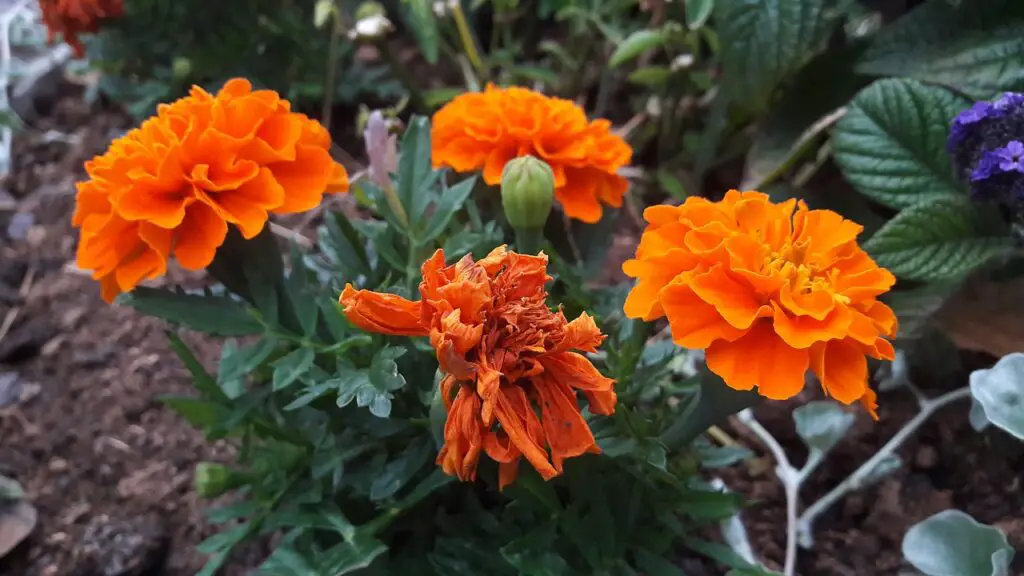
While it might be challenging to grow marigolds inside the house, that isn’t the case with growing them outdoors, so we’d recommend you do that. Grow them in your garden, which should somewhat combat the pests.
12. Lavender
Known for its strong scent and aroma, lavender is another plant we’d 100% recommend you grow indoors if you are tired of an unwanted roach infestation in your home. They are easy to grow and work great as a pot plant, meaning you can grow them in any part of your home.

Once grown, you can cut the flowers, dry them, and sprinkle them around the house to keep the roach infestation in check. They can also be hung around the house to install freshness around.
Numerous plants possess natural properties that can help repel cockroaches, making them valuable additions to our pest control strategies. We have included some of the best plants that repel cockroaches, hoping that your house remains pest-free and devoid of the harmful pests responsible for spreading diseases around the house.
Frequently Asked Questions (FAQs)
What smells do roaches hate?
Like most pests, roaches aren’t fond of strong scents of aromatic herbs, essential oils, etc. So, growing these plants is a great way to keep roaches out of the house.
What is a natural repellent for roaches?
A solution made with cayenne pepper, garlic, and onion powder is a great way to repel roaches naturally.
What smell kills roaches instantly?
The strong scent of boric acid immediately kills the roaches inside your home. Ensure that you are using it with caution around the house.
Do cockroaches hate lemon?
Lemon contains an active citrus element called limonene, a natural cockroach repellent that keeps them out of the house.
Do cockroaches hate salt?
Sprinkling salt around the house where roaches frequent might not kill them but will surely repel them from spreading further.
What kills cockroaches faster?
Surprisingly, a blend of castor sugar with borax has beneficial effects in eliminating cockroaches around your home. It dehydrates the roaches and kills them instantly.
What candle smell do roaches hate?
Lavender and citronella-scented candles are the two most effective ways to keep the cockroaches out of your home. You can light them and let the smell waft through the home for the best results.

